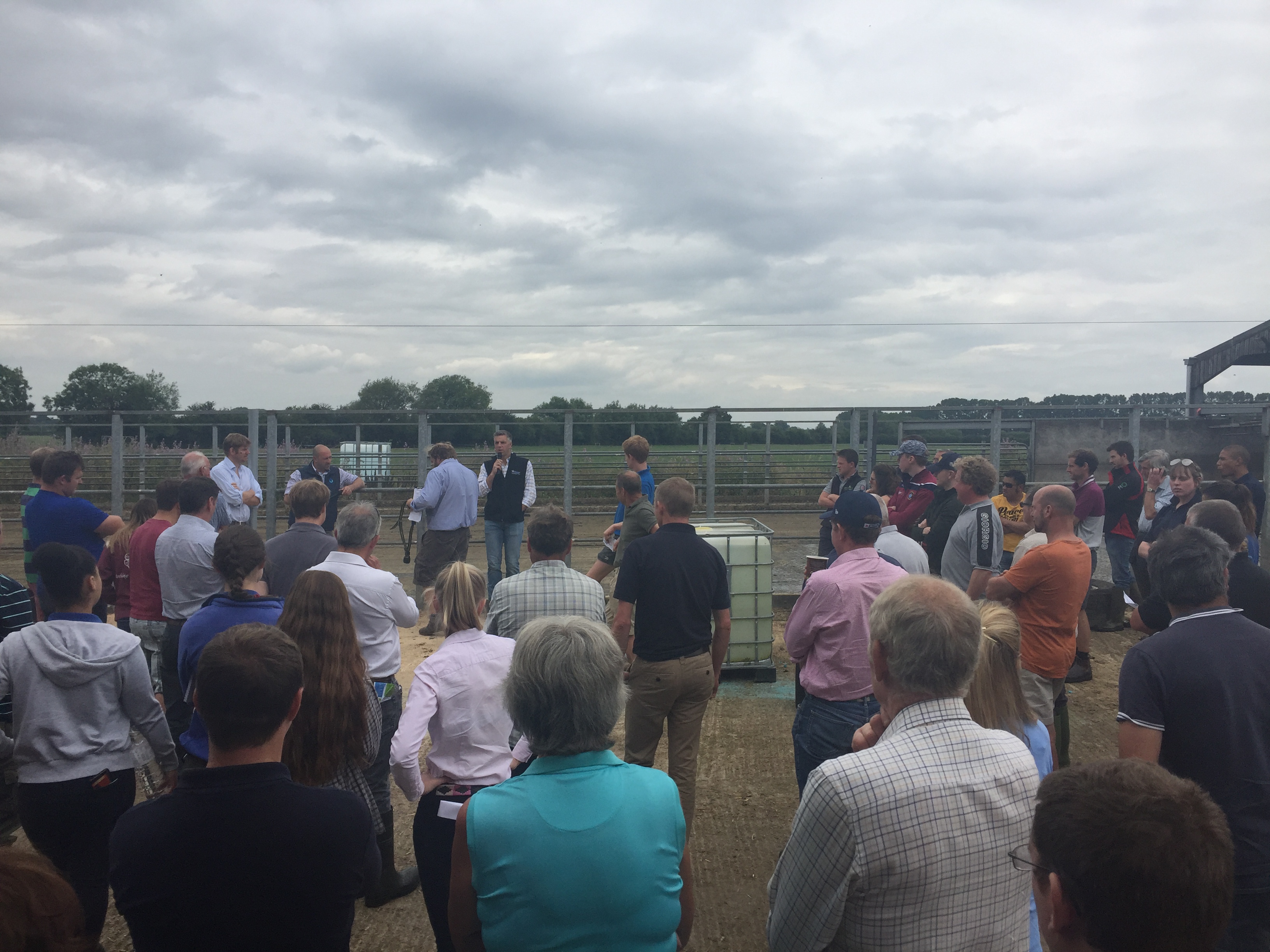- Home
- Knowledge library
- Whole Farm Feed Efficiency (WFFE) on British Dairy Farms
Whole Farm Feed Efficiency (WFFE) on British Dairy Farms
Summary
Summary
Whole-farm feed efficiency (WFFE) is defined as total milk output divided by total feed produced or purchased for all animals on the dairy farm. Feed costs represent more than 70% of the cost of milk production, and feed intake is the main driver of methane and nitrogen outputs. Improvements in feed efficiency, therefore, are generally associated with increased profits and reduced environmental impact. Feed efficiency is usually considered only for the milking cows in a herd, but efficiency gains in milking cows might be offset by inefficiencies in other areas. These areas could include feed used for youngstock and dry cows, and feed wasted. Therefore, factors such as herd fertility, health, replacement rate, heifer rearing system, dry cow management and feed wastage may affect WFFE. Moreover, WFFE and its components might differ for production systems following different calving, grazing and feeding regimes.
Key findings
- Comparisons of a farm’s Whole Farm Feed Efficiency (WFFE) against system averages and farm potential will indicate scope for improvement
- A 10% improvement in WFFE would increase gross margins by 7.4%
- If 10% of UK dairy herds adopted the recommendations, the industry could save £17.8m per year
The project provides a practical tool for farmers to calculate WFFE for their system. This will be incorporated into the AHDB EnviroBench tool as part of a whole farm efficiency calculation.
About this project
Aims and objectives
To quantify components of feed efficiency at the whole-herd level under a range of production and feeding systems and translate these into practical tools for use on farms.
The challenge was addressed in four studies:
- Standard definitions of dairy farming systems
A stakeholder group agreed that GB dairy production systems could best be classified into five systems according to number of days cows graze, calving pattern, and feeding approach.
- On-farm survey of British dairy farms
Twenty-one farms, representing the five systems, were visited quarterly for one year. Data on animal numbers, milk production and composition, feed purchases, stocking rate, grass and forage use, and youngstock rearing were collected and used to calculate WFFE
- Information from the Defra Farm Business Survey
Questions were added to the Farm Business Survey to provide information on farming system and physical performance, alongside the financial information routinely gathered in the survey. The survey was performed on two samples of 300 farms in two financial years.
- Production of a calculator tool
An Excel spreadsheet was developed to calculate WFFE on a dairy farm from farmer inputs, and to compare WFFE with system averages and potential WFFE.
Results
There were wide ranges for WFFE within systems, and overall range was 0.5 to 1.3.
Overall, WFFE was positively associated with stocking rate (r=0.585; P=0.014), milk yield per hectare (r=0.759; P<0.001), and milk from forage (r=0.530; P=0.029). These factors reflected forage quality and grazing management. Fertility, health, replacement rate and heifer rearing system influenced WFFE on individual farm
Calculator tool
The results enabled the production of an interactive tool to calculate whole farm feed efficiency. The tool was designed to enable farmers and advisers to calculate WFFE and key drivers for specific farms, and potential WFFE for farms and systems. A research version of the tool enabled researchers to quantify relationships between parameter values and WFFE. These relationships can provide decision support information.
Functions and features of the calculator tool are:
- Calculate WFFE from farmer inputs
- Compare farm WFFE with other values
- Provide decision support tools based on drivers
Related resources


